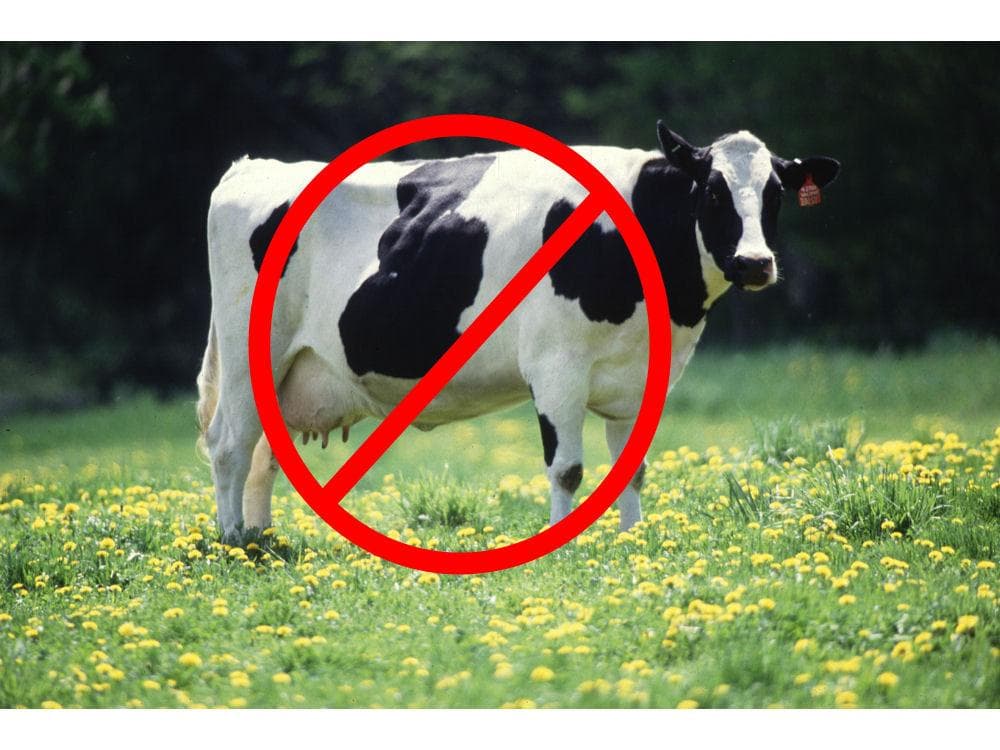Population and population control have been the subjects of discussion for a variety of reasons for centuries. They have become a persistent issue in climate change discussions because of the narrative that recent climate change is the result of human activity and therefore increasing population is likely to result in increasing climate change. This is a particular concern regarding the developing nations as they increase their economic activity, standards of living and emissions.
The concerns regarding population are frequently based on the concept of the “carrying capacity” of the earth; that is, “the maximum population size an environment can sustain indefinitely”. However, estimates of the carrying capacity of the earth range from 500,000,000 to 1 trillion, though most estimates are in the range of 8 billion, roughly the current population. Clearly, there is a great deal of uncertainty surrounding the concept of carrying capacity.
There are numerous approaches to controlling the growth of population, including contraception, abstinence, abortion, sterilization and euthanasia. There are also multiple methods of reducing population, including war, famine and plagues. There have also been efforts to reduce the population of specific groups, including eugenics and the holocaust. Those who advocate for population reduction rarely discuss the methods they would choose to employ since they are typically abhorrent. However, there was a recent suggestion that the earth needs another pandemic to reduce population. Continued “gain of function” research offers the potential development of infectious agents more dangerous than COVID 19 which could produce such a pandemic.
The earth is able to sustain its current population as the result of several factors, including improved farming methods, the use of synthetic fertilizers and global greening resulting from increased atmospheric CO2 concentrations. However, numerous national governments are taking or proposing actions which would remove agricultural land from production, limit the use of synthetic fertilizers, reduce the numbers of ruminant animals and otherwise limit farm production. These actions are being aggressively resisted by the farmers who would be deprived of their land, animals and livelihoods. While these actions are not currently extensive enough to result in global famine, they would certainly reduce the availability and increase the cost of food. A recent effort in Sri Lanka to convert to organic farming resulted in significantly reduced food production and localized famine.
The UN Food and Agriculture Organization is actively promoting the adoption of alternatives to meat and dairy products from ruminant animals, including textured vegetable protein meat analogues, laboratory grown “meat”, nut and legume “milks” and the substitution of factory grown insects as a source of protein.
There is also growing resistance to the taking of productive farmland for the installation of massive arrays of solar collectors and wind turbines. Cattle appear to be largely unaffected by grazing in close proximity to wind turbines. Sheep and goats are also able to graze in proximity to solar collector arrays which are installed far enough above the soil to permit the animals to graze unhindered and adequately spaced to permit grass to continue growing vigorously beneath them.
